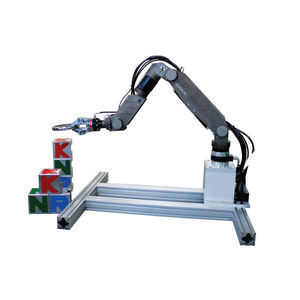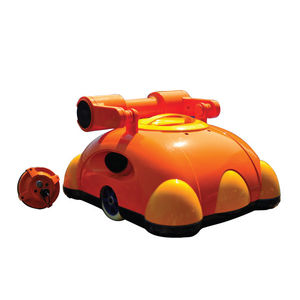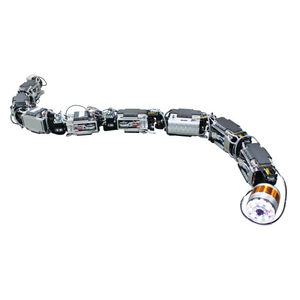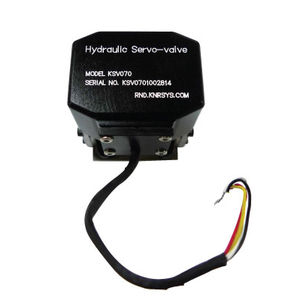
Rotary actuator hydraulicfor robotsfor harsh environments

Add to favorites
Compare this product
Characteristics
- Movement
- rotary
- Type
- hydraulic
- Applications
- for robots, for harsh environments, industrial
Description
These kinds of actuators can be implemented to yield a torque-to-weight ratio about 10 times higher than a standard motor and Harmonic Drive configuration.
One of the advantages of rotary actuators is that they can be added to a system easily, with a simple insertion between two links. There’s no need for extra parts, such as bearings and gearheads, so joints are guaranteed to have precise and powerful movements, and links have no need for clearance. Their precision makes them ideal not only for robots, but for other industrial applications and for testing.
Position sensor options of varying accuracy (12, 17, 19 bit) can give you greater control of the servo valve, to provide the precision and special capacity needed for certain purposes. Actuators of the same size can also be designed as single-vane or double-vane types, the single-vane allowing for better range of movement and the double-vane providing more torque. This makes rotary actuators suitable for a wide variety of uses.
We are always researching different types of mounts, and we can provide actuators with different levels of power from our standard models 300 Nm (2656 in-lbs), 500 Nm (4426 in-lbs), and 1000 Nm (8853 in-lbs) at 210 bar (3045psi). Also, we have an ongoing interest in developing actuators better equipped for harsh environments, to better fit applications requiring operation underwater, in high temperatures, or in environments with high dust levels.
VIDEO
Catalogs
No catalogs are available for this product.
See all of KNR system‘s catalogs*Prices are pre-tax. They exclude delivery charges and customs duties and do not include additional charges for installation or activation options. Prices are indicative only and may vary by country, with changes to the cost of raw materials and exchange rates.








